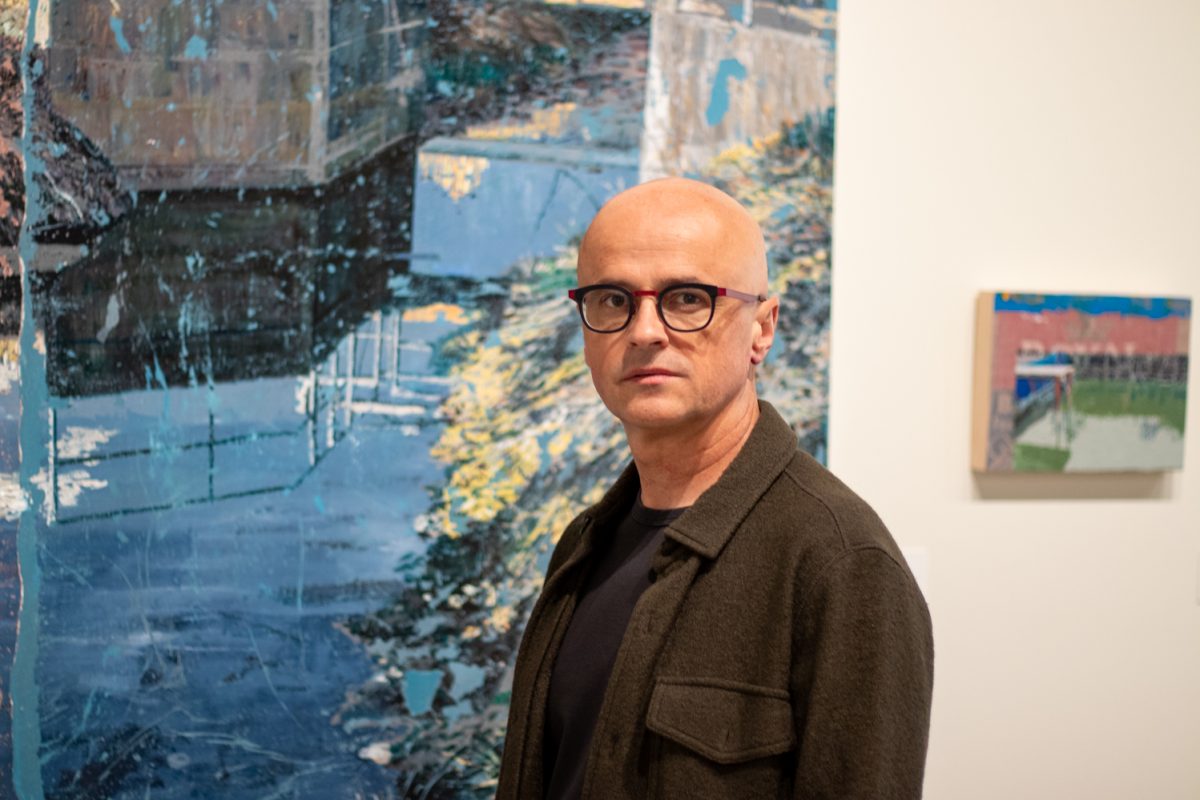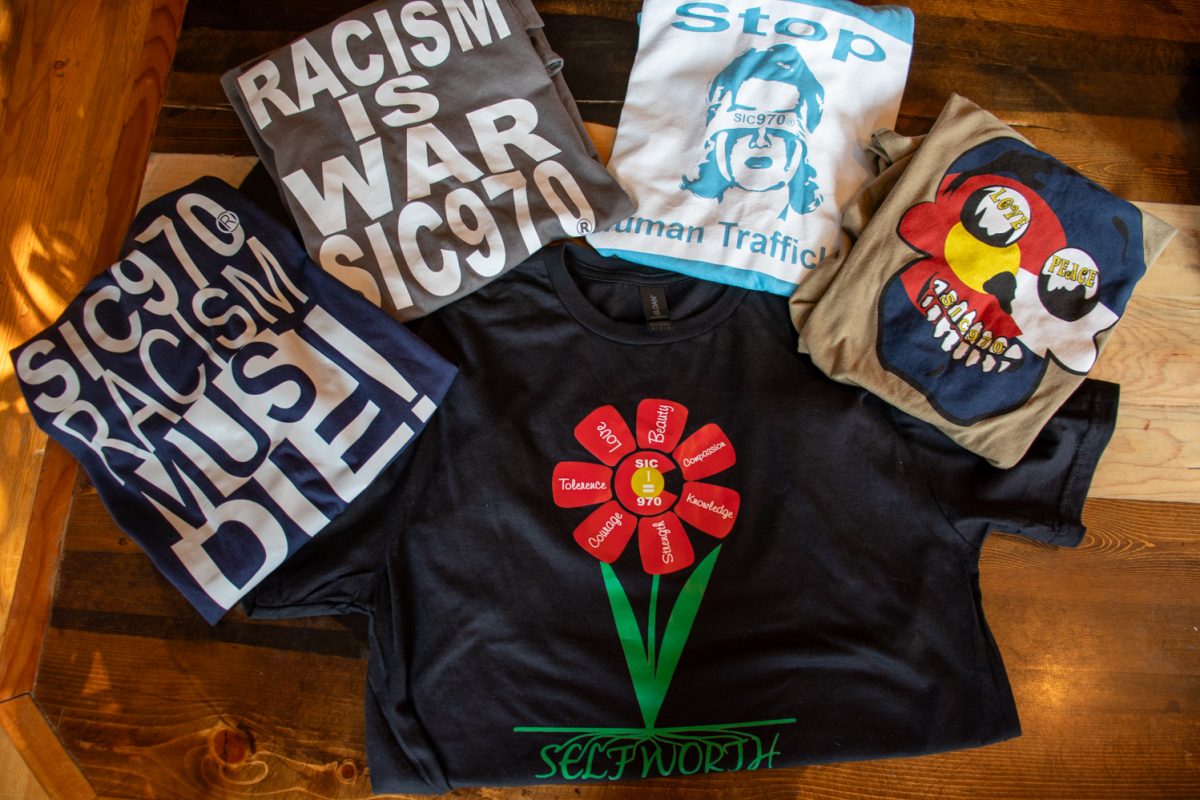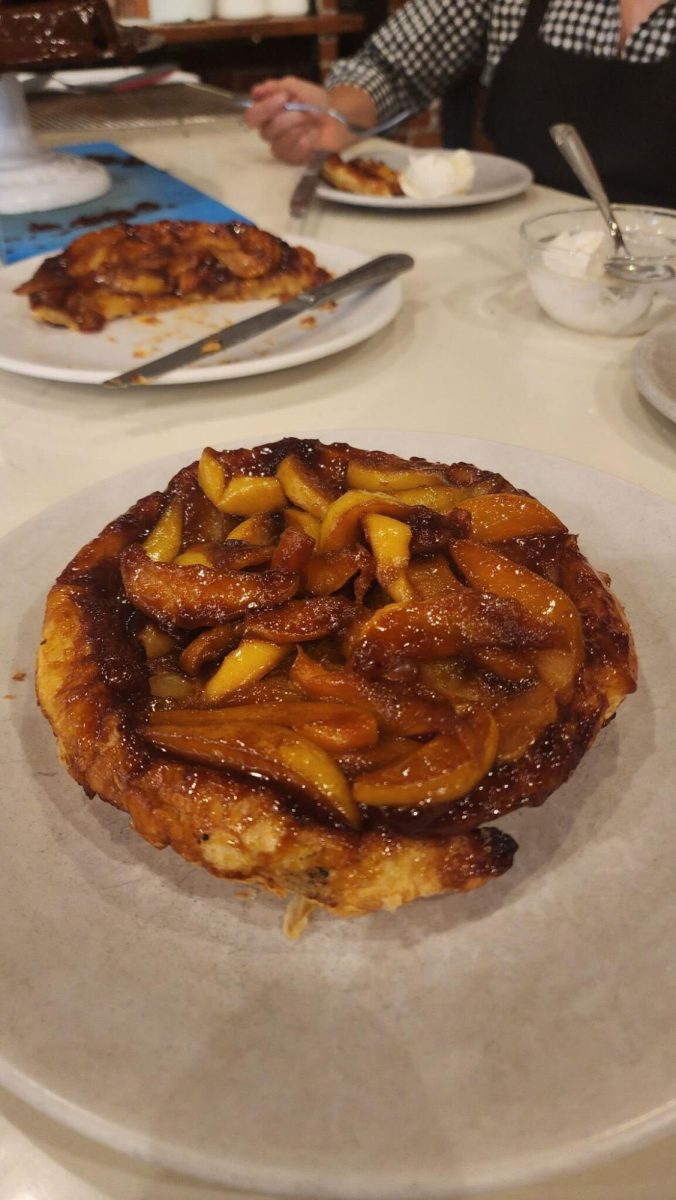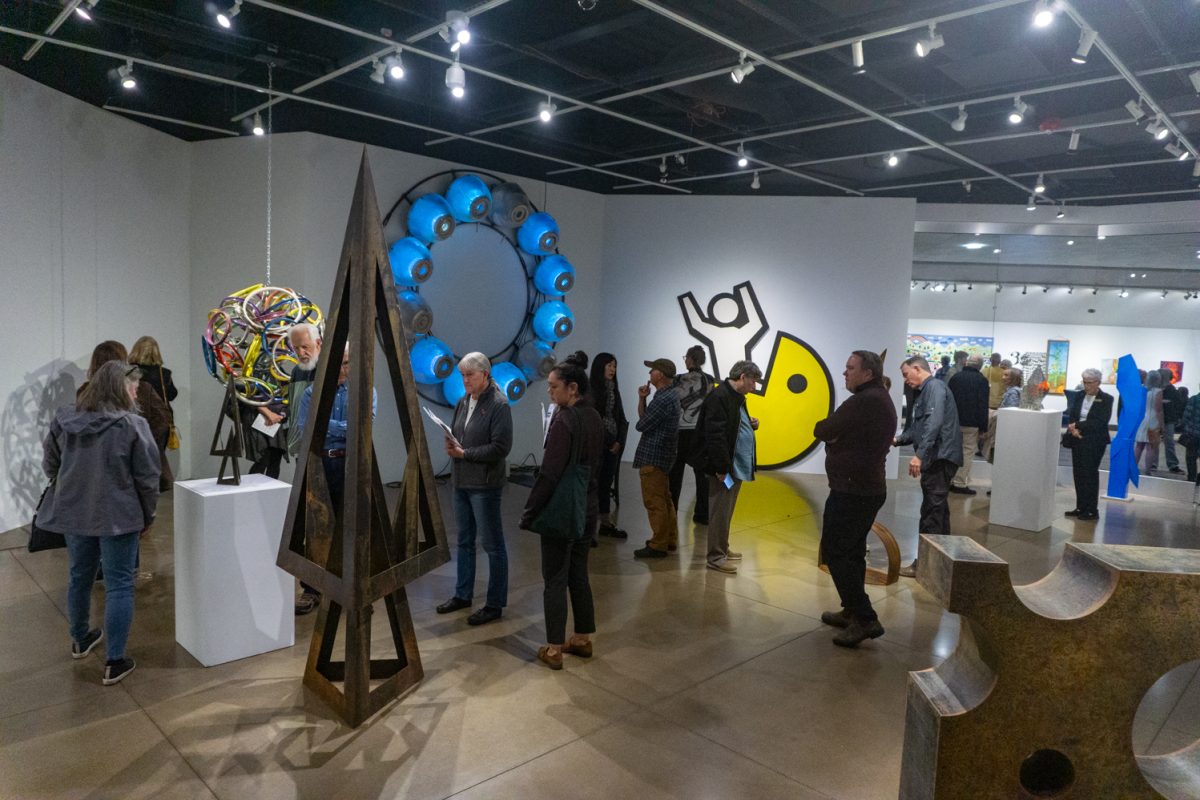Video by Marlo Lundak
There are few artists like Alice Drueding and Joe Scorsone. They do not paint landscapes, write novels or sculpt clay. They make posters.
It is an art genre often overlooked in America because of its association with commercial use, but the poster is the ultimate expression of graphic design. In a single image, a poster must convey a complex idea in a way that is concise, visually pleasing and persuasive. Since 1986, the posters of Drueding and Scorsone have defined the genre.
The 20th Colorado International Invitational Poster Exhibition represents nearly 150 posters by more than 70 renowned artists from around the world. Some are announcements for European art shows. Some are symbolic metaphors for a poignant message. Others present crafted messages with such beautiful composition that they transfix you in place.
While already established in Europe and Asia, poster exhibits are basically unheard of in the Western Hemisphere. The CIIPE is the largest and most prestigious of its kind in North America.
“To be the honor laureates is a really high recognition in the field overall,” Drueding said. “This is an important exhibition nationally and internationally. It’s an extremely high honor.”
Speaking at the opening of the CIIPE Friday night, Assistant Professor of Graphic Design Jason Frazier reflected on the 12th opening in 2001, just three days after the terrorist attack of Sept. 11.
“The experience of that opening night and the exhibition in the context of that horrific event, was a confirmation of what I already believed but now I knew as a fact,” Frazier said. “That art, that design, and specifically the poster, is powerful. It can create expression on issues of the time.”
This message sits at the core of what the CIIPE is all about. In exhibiting these powerful and iconic posters, the students of CSU and the surrounding community can learn to appreciate the genre that saturates their environment.
[new_royalslider id=”636″]
“Posters are part of the fabric of cities and countries,” Frazier said. “They can be seen in so many contexts and situations. In streets, in theatres, in classrooms, in galleries and museums.”
The Curfman Gallery in the Lory Student Center and the Visual Arts Building are to hosts the bulk of the exhibit through Nov. 3, while the Gregory Allicar Museum of Art will exhibit works by Drueding and Scorsone through Dec. 15. All posters in the Curfman Gallery are of European origin, and those from China and the Americas are in the Visual Arts Building. The differences in design when touring between the two halves of the exhibit are striking.
Before the CIIPE’s opening, Drueding and Scorsone selected a handful of pieces that stood out from the rest based on a set of criteria.
“First we’re drawn by the aesthetics,” Scorsone said. “But then we have to discover how well that communicates the idea. We just don’t look at it for its decorative qualities but also for its communicative qualities.”
“A few messages to space” by Swiss artist Erich Brechbühl, “Stop” by István Orosz and “Dialog” by Turkish designer Mehmet Ali Türkmen best met the honor laureates’ standards. “1917-2017 Russian Revolution” by Andrew Lewis of Canada and “Guns in America” by Felipe Taborda of Brazil received honorable mentions.
With decades of experience being exhibited in galleries all over the world, Drueding and Scorsone know a thing or two about effective graphic design. Before they get started on the image, they master the concept first.
“We do a lot of research, find out as much about (the concept) as possible,” Scorsone said. “This way we’re not just dealing with the periphery of an idea.”
From this step, the duo independently sketches out ideas and notes before comparing them and deciding on a final concept.
“Sometimes one of us will do the drawing or the collage and then hand it off to the other one to add their thing to it,” Drueding said.
On Sept. 21, the artists spoke on the Picturing Human Rights panel at the Gregory Allicar Museum of Art, discussing the extra challenges involved in graphically representing globally relevant social issues, a common theme in the two’s work.
Scorsone summed it up in one question: “How do you make something that’s so horrible, beautiful?
“A lot of design is about making something visible that you really can’t see in the real world,” Drueding replied.
Each of the nearly 150 submissions will enter the International Poster Collection of the CSU Libraries, while a second copy of each will be on sale to the public through the exhibit’s end. Students receive a discounted price of $40 versus the standard 80. Most of the exhibit was sold Friday night, but many of the iconic works are still up for sale.
Email lsc_artsprogram@mail.colostate.edu for more information about purchasing a poster.
Collegian reporter Matt Smith can be reached at entertainment@collegian.com or on Twitter at @latvatalo.











